Exploring the Louisiana River Parishes offers visitors a glance inside the history of plantation life. Each plantation tour offers a different angle into the realities of enslaved life. Back in 1787, the lower Mississippi River Valley was prime acreage for the establishment of large farms. One of the first to be established was the Destrehan Plantation, located in St. Charles Parish. This would rise up to be home to one of the most successful sugar producers and serve as an important backdrop for the 1811 Slave Revolt.
We want to thank Louisiana River Parishes and Destrehan Plantation for hosting our visit. Rest assured all opinions are our own.
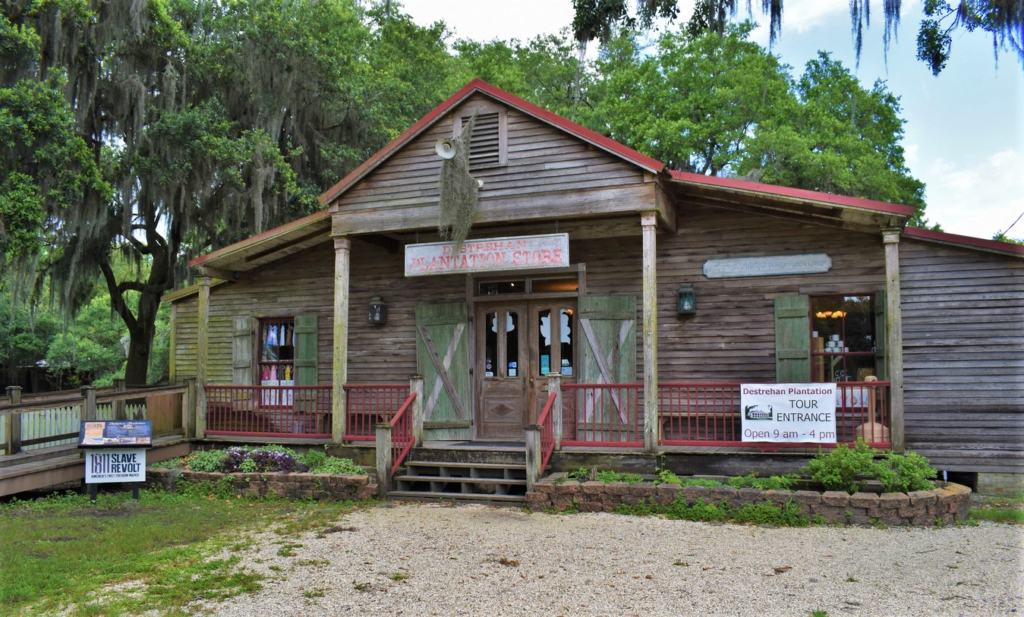
Historic Buildings
Arriving at the Destrehan Plantation is a little like stepping back into the early 1800s. The main house was completed in 1790, which was during Spanish rule of this region. Not long after, in 1802, they returned it to France. By 1803, the United States would purchase it with the Louisiana Purchase. The majority of the plantations in St. Charles Parish followed French codes. There was a strong desire to introduce the enslaved to Catholicism. This meant that certain rules were applied in this region. Sundays were considered a day off of work. Any enslaved who desired to work on a Sunday had to receive permission from their master and had to be paid for their work.
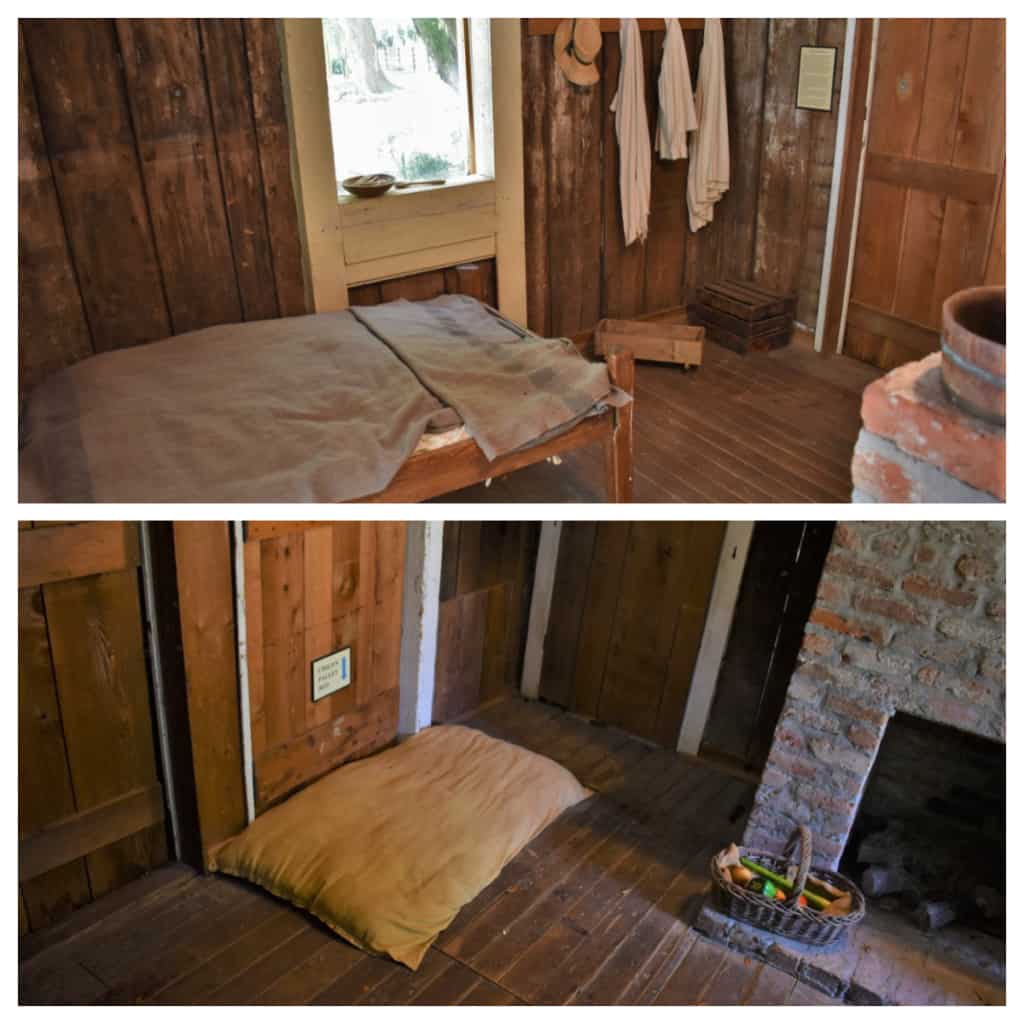
Realities of Enslaved Life
If enslaved couples were to marry, it could be done through the Catholic church. French code made the separation of husband and wife a forbidden action. With this in mind, many of the plantation owners discouraged church marriages. During our tour, we were shown an example of a cabin that would have housed enslaved workers. Seeing the cramped quarters helped show the realities of enslaved life. We tried to picture an entire family trying to reside in such a small space.
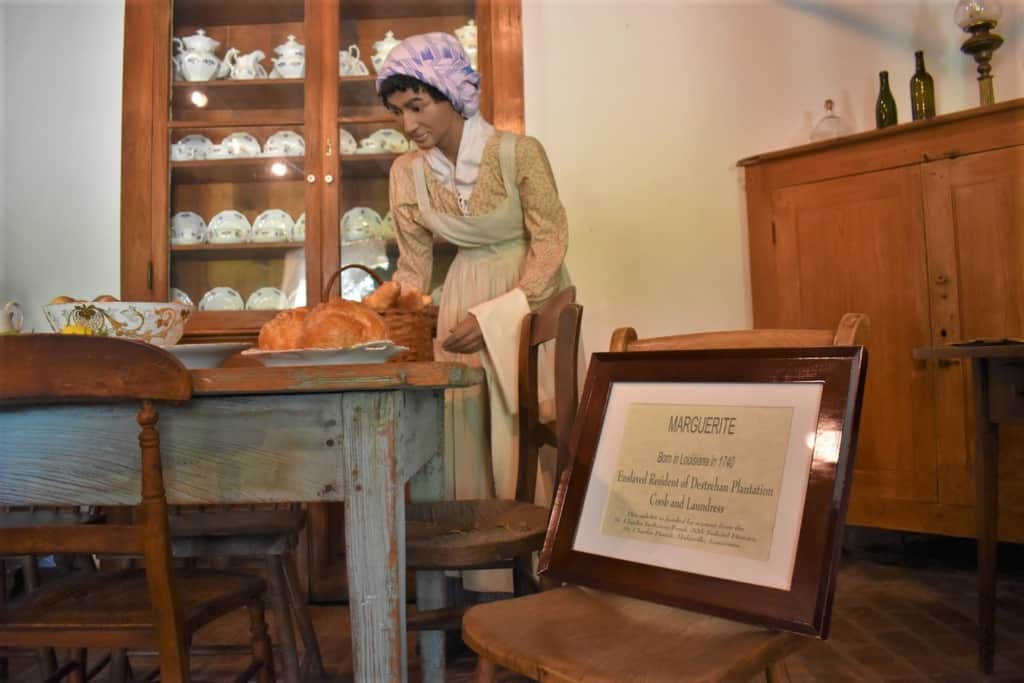
Working the House
As our tour guide led us through the main house, we were introduced to Marguerite. One of the earliest enslaved workers, she came to Destrehan in the late 1700s, along with her two children. Serving as laundress and cook, her life would have revolved around her jobs. Once France had sold the lands to the United States, the rules of slavery began changing. Moving from the production of indigo to sugar doubled the number of workers needed. As an indigo producer, Destrehan ran with 49 slaves. The move to sugar production required that number to grow to 100. This number would increase to over 200 by the Civil War.
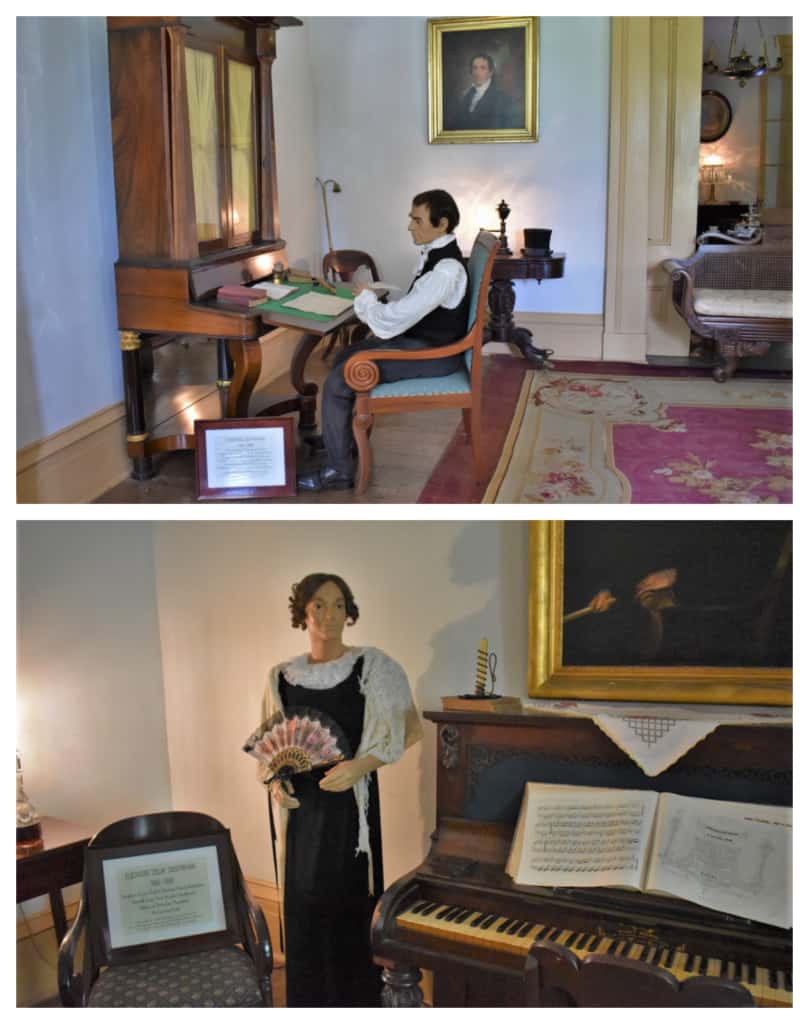
The Other Side
While the enslaved suffered through cramped quarters and harsh treatment, the Destrehan family lived a far different lifestyle. The original home was designed to be 35 feet by 60 feet. It was built on brick piers to help avoid the common flooding that was a constant battle along the Mississippi River. As we toured the home, we admired the grand spaces that would have housed the family. High ceilings would help move the heat up and offer cooler spaces near the floor. Large banks of windows would allow for cross breezes to help with ventilation. All of the daily chores would have been handled by the enslaved.
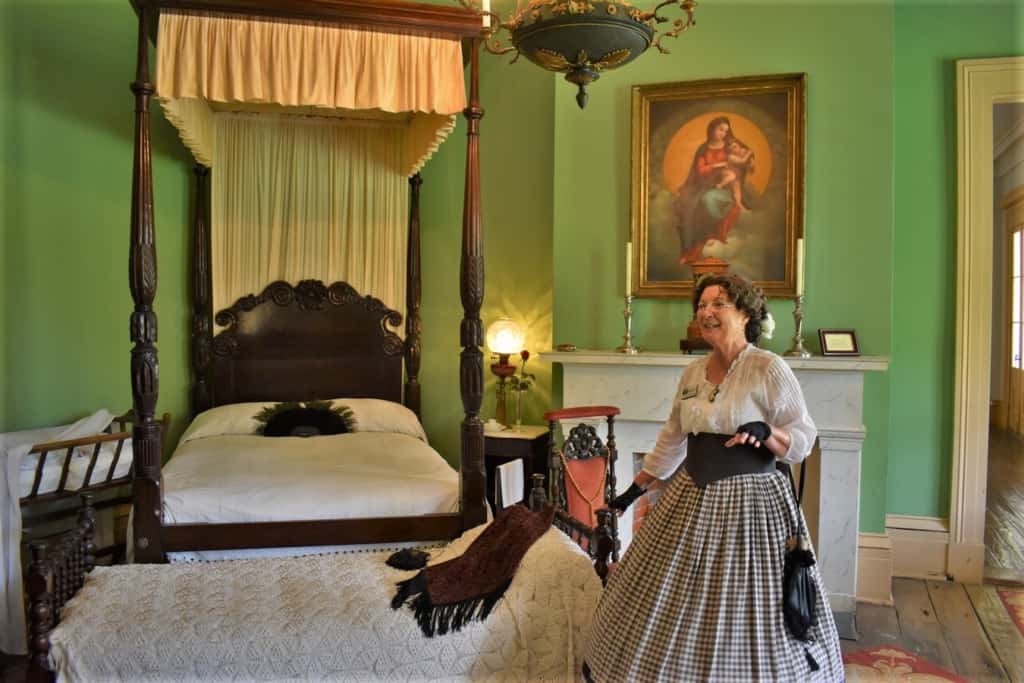
Touring Details
Each of the plantations, throughout the Louisiana River Parishes, has its own focus. An earlier visit to Houmas House had revolved around the grandeur of the era of plantations. Destrehan Plantation was more concentrated on the life of the enslaved workers. Our tour guide peppered in family life stories, but mostly during our time in the main house. The majority of the rest of the visit was all about slave life. We learned that there were groups of workers broken into tasks based on their physical or mental abilities. While the strongest and smartest had the most complicated jobs, there were still jobs that were filled by enslaved workers down to the age of 10 years. The reality of enslaved life was that a hard life faced everyone.
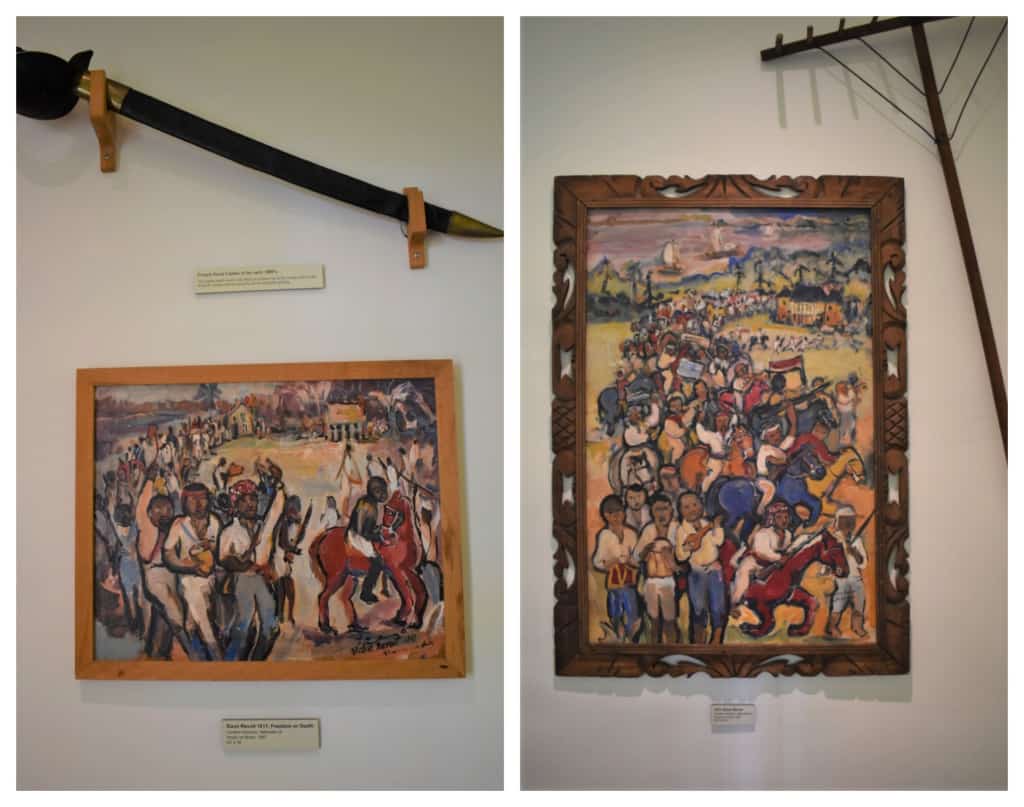
Rising Up
After hearing the stories of the treatment received by the enslaved, we know that they faced an unending atmosphere of oppression. Many attempted to escape, but if caught, they were punished mercilessly. While the threat of this severe punishment forced most of the enslaved into submission, the desire for freedom never waned. The 1811 Slave Revolt was a result of many of the enslaved reaching a breaking point. Our visit to the 1811 Kid Ory Museum had taught us about this event.
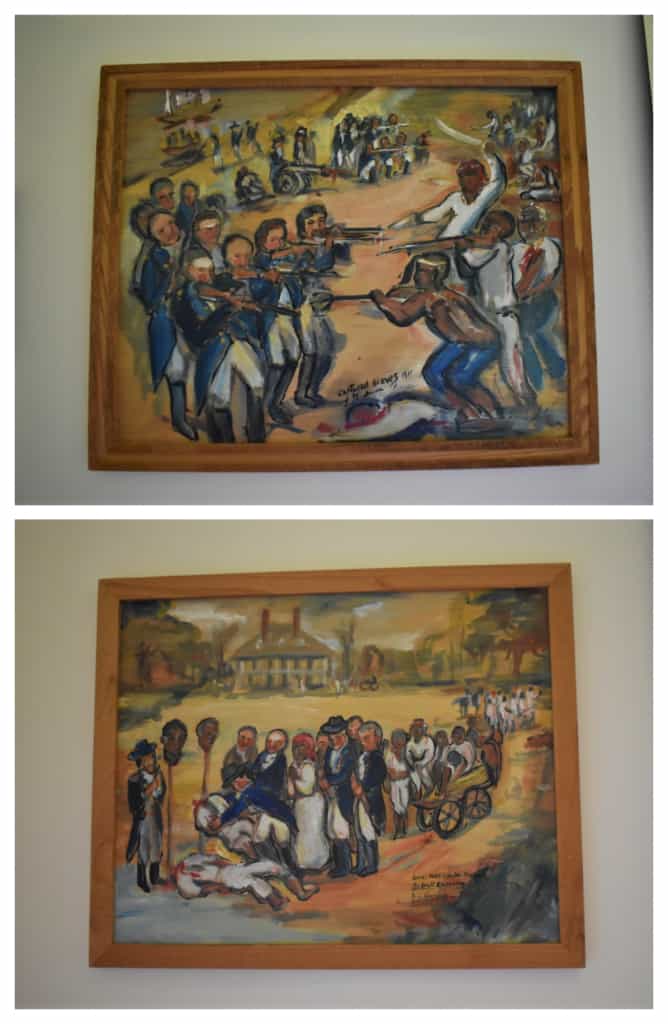
Short-Lived Battle
Less than a decade prior to this event, a similar one took place in Haiti. That revolt ended the use of slavery on the island. Some of the plantation owners had fled Haiti for Louisiana Territory. They brought with them some of their slaves, who now relayed the story of the revolt to the enslaved in America. Believing that what occurred in Haiti could be repeated in the States was a driving factor behind the 1811 event. Unfortunately for the enslaved, the large acceptance of slavery had permeated the deep South. The repercussions of the revolt cost many slaves their lives.
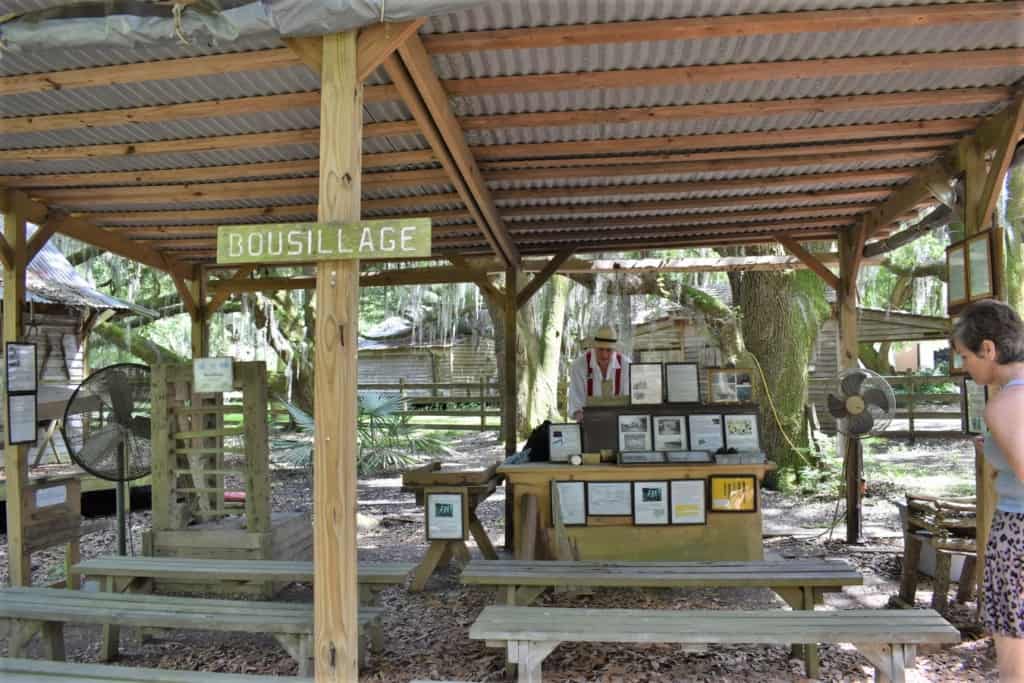
Plantation Life
After our tour was completed, we were invited to explore the grounds. Destrehan Plantation offers a few demonstrations that explain more about plantation life. We sat in on a talk focused on the use of bousillage. This mixture of clay and fiber was commonly used to fill the spaces between timbers during the construction of buildings. The clay is easily found in the local soil and the Spanish Moss growing in the trees makes an excellent fiber. This was especially common in French construction. Stone was not readily available, but this formula would harden up like plaster.
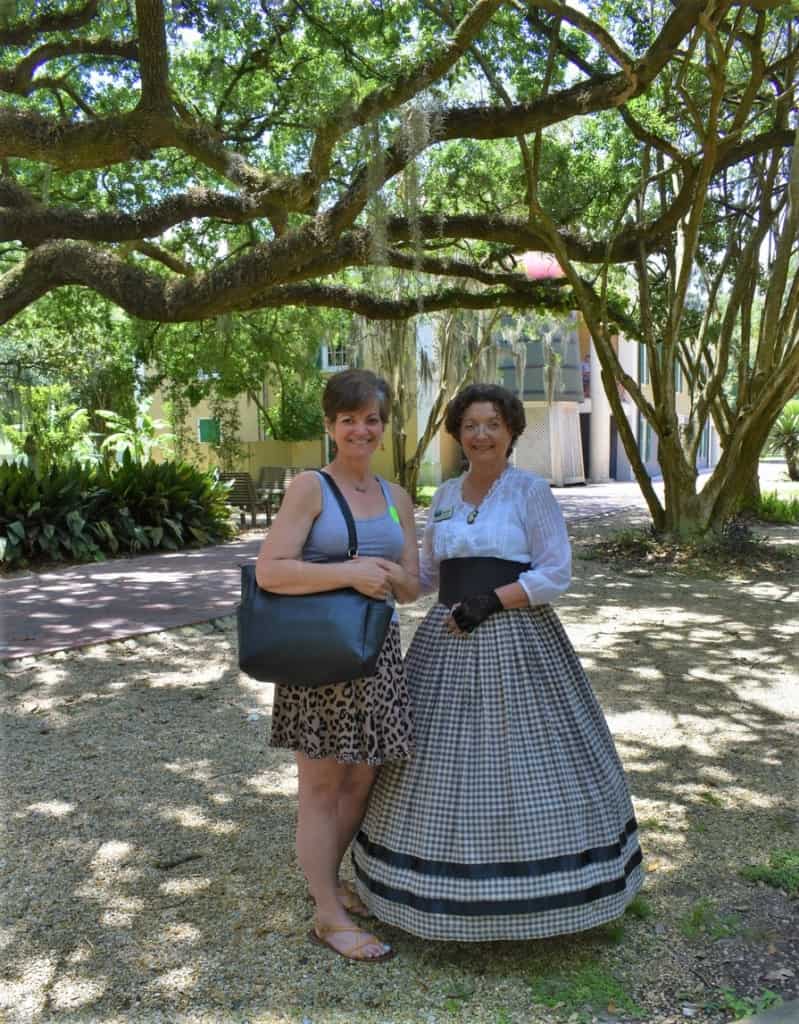
Seeing a Different Viewpoint
Like many of the plantations in the Louisiana River Parishes, the property was bought up by an oil company during the 20th Century. As time slowly began deteriorating the historic structures, locals became concerned about losing the local history. The River Road Historical Society was formed to help facilitate the salvage and revitalization of these types of destinations. Most of the oil companies were happy to turn over the management of the properties to a non-profit organization. This allowed for the history of these lands to be preserved as a reminder of where we came from. Seeing the beauty of the structures is a reminder of the artisan work that was created by the enslaved. It also reminds us that the use of tyranny can never again be acceptable in our nation.


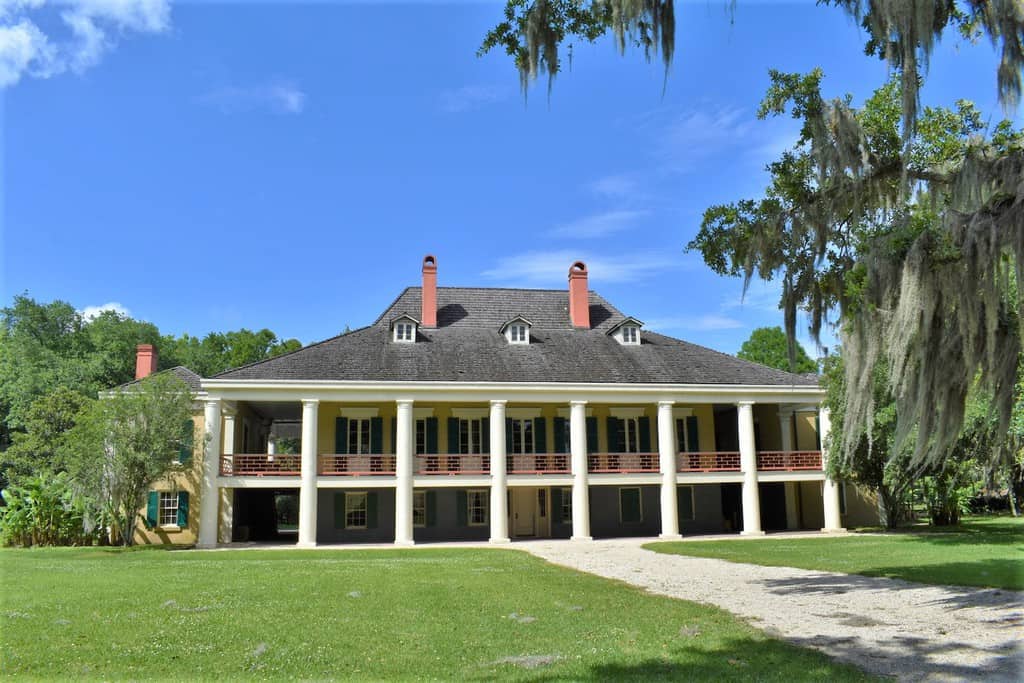
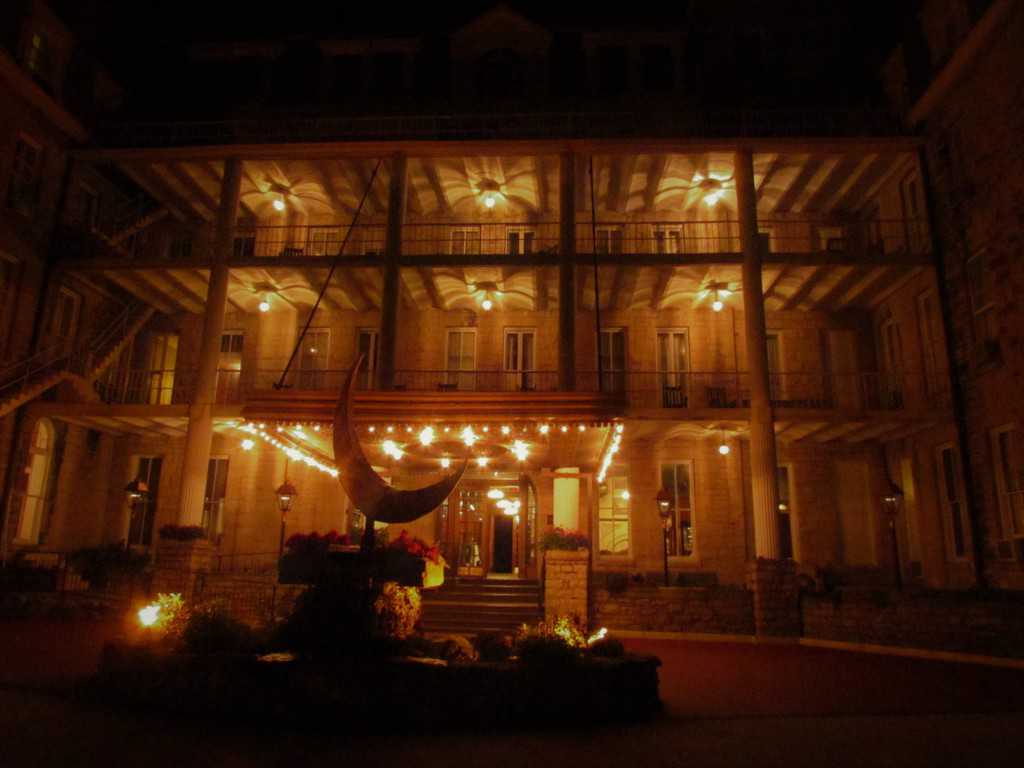
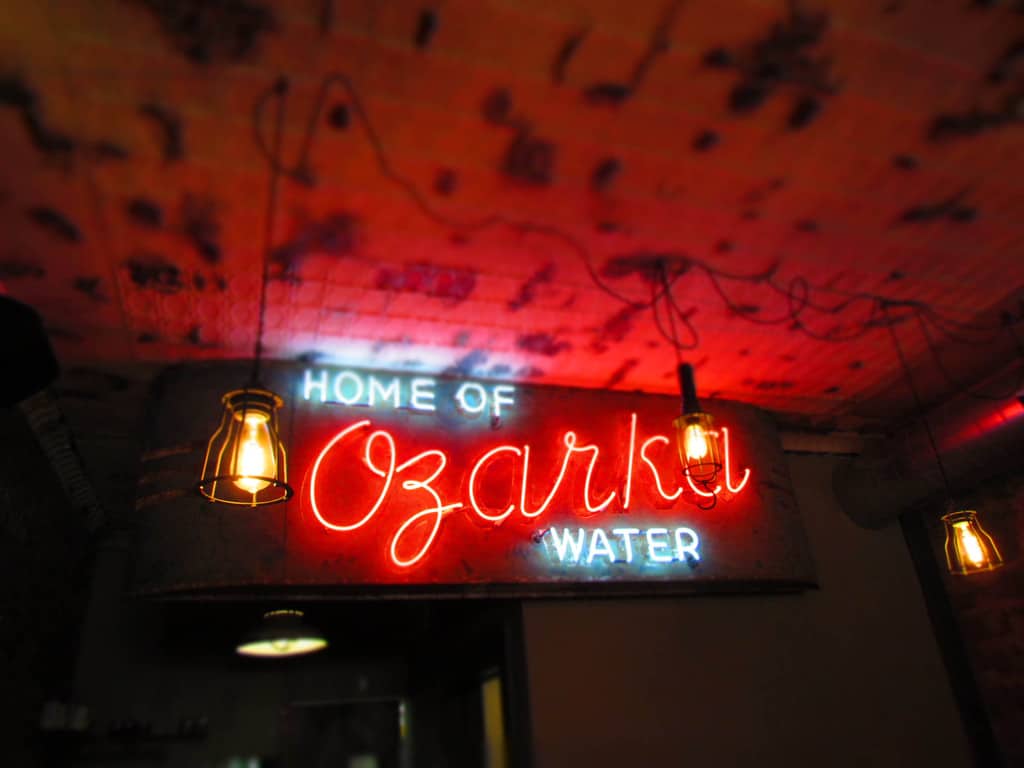
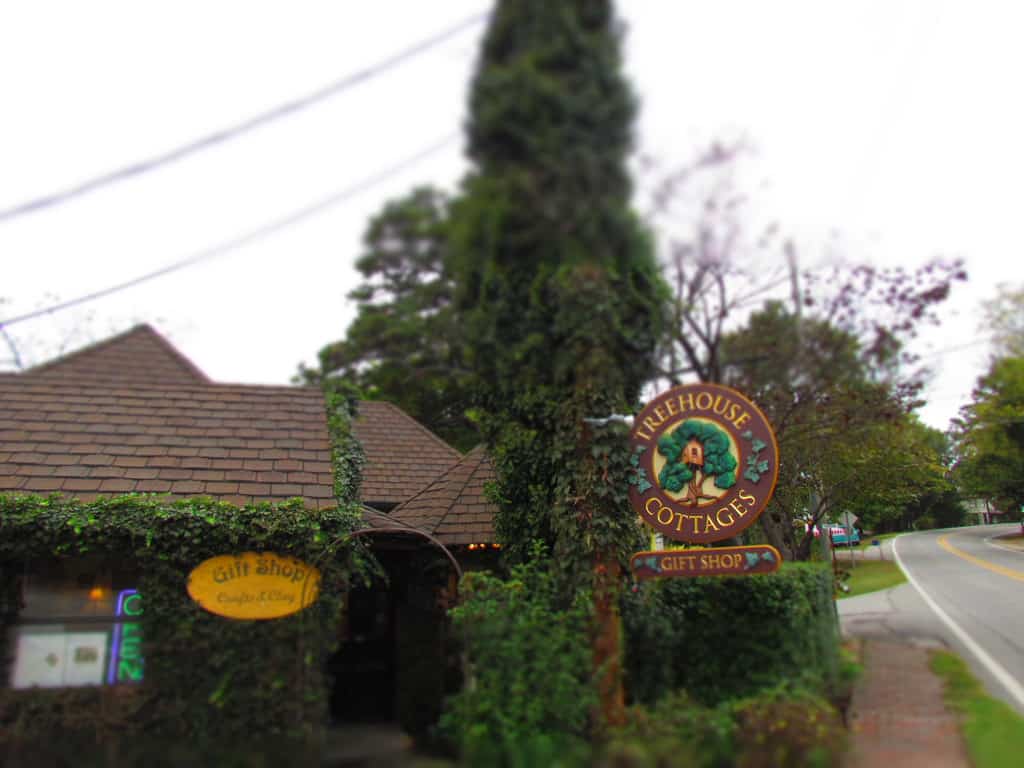
Don’t think much of the commentary.Too left wing for me.
That’s a very strange comment. The commentary is based on the facts that were presented by the tour guide of the plantation.
From your posts about Louisiana plantations, I have learned that it was much like the Southeast. And here at the Destrehan Plantation , more of the enslaved people’s difficult lives.
It is hard to fathom the difficult life that the enslaved people had to endure. Places like Destrehan Plantation help show us the realities of their pain.